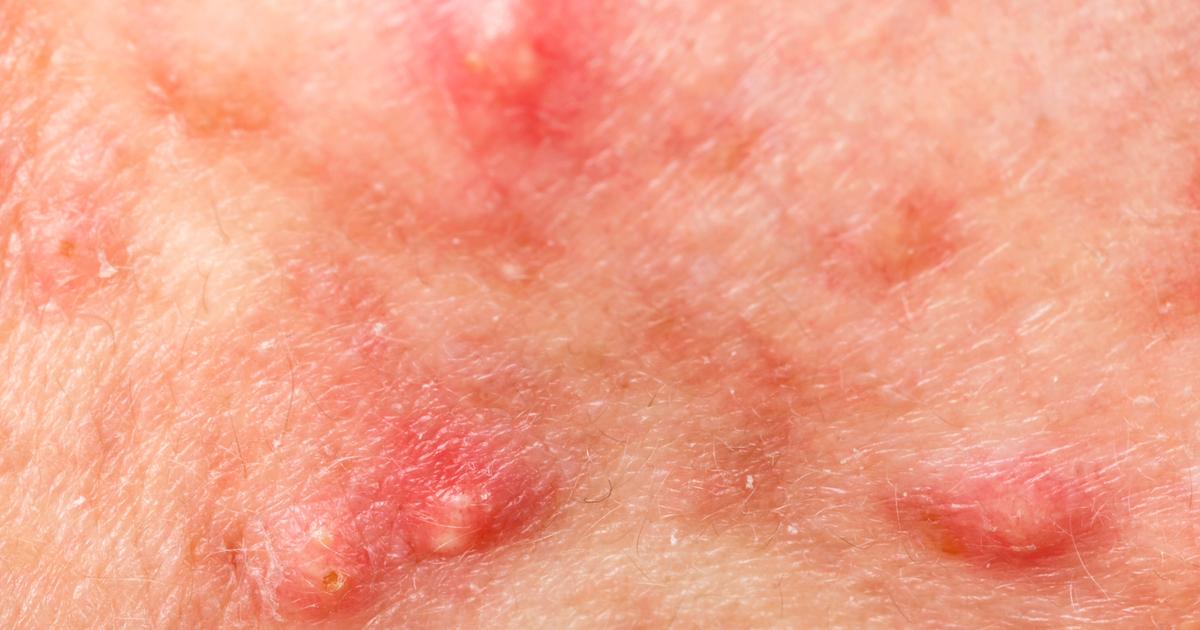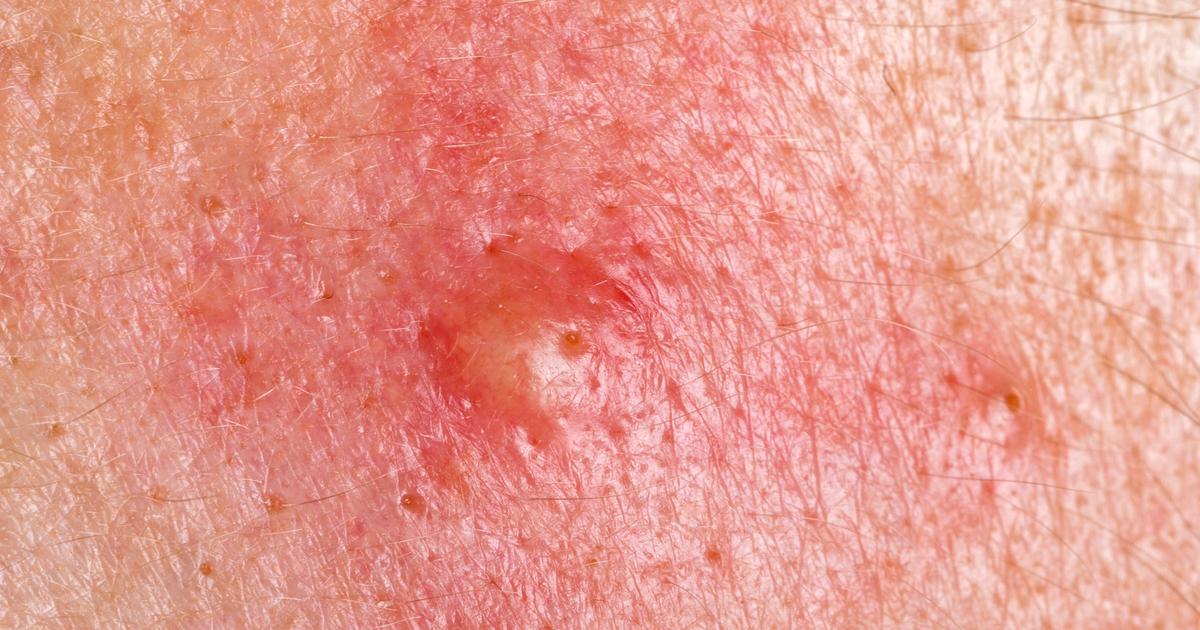What Are The Different Types Of Acne?
Cystic Acne

Cystic acne is a rarer and more serious type of acne. Individuals are expected to develop a few pimples as a teenager or during their menstrual cycle (for women), but repeated and painful breakouts aren't normal. With cystic acne, affected individuals might experience clusters of reddened, large, painful breakouts that form deep inside their skin. Cystic acne is a serious skin condition with the potential to lead to permanent scarring and pitting. It can also continue for years. Over-the-counter treatments and basic face washes are rarely effective for cystic acne, prescription treatments are available through a dermatologist. We know pimples form when pores become clogged by oil and dead skin cells. If bacteria become trapped in the pore as well, the entire area becomes swollen and red. When the infection pushes deeply into the skin, the result is cystic acne. Individuals will experience a tender and red bump filled with pus. Should the cyst burst, the infection may spread underneath or over the skin, which can lead to more breakouts. Most individuals with cystic acne develop it in their teens or early twenties.
Continue reading to reveal more information on the different types of acne now.
Acne Nodules

Acne nodules occur with a type of acne called nodular acne, which is one of the more severe forms of acne because, like cystic acne, it leads to problems deep inside your skin. Like all other forms of acne, these breakouts start with a clogged pore. With nodular acne, bacteria become trapped inside the pores alongside dead skin cells and oil, leading to an infection that causes the pores to swell up and redden. Acne nodules aren't treatable through over-the-counter products by themselves, unlike blackheads. Acne nodules typically look like small bumps underneath the skin. At first, they might be skin-colored, but they may redden as the inflammation continues. Unlike less severe pimples, there isn't a 'head.' The acne will also be painful to touch. Nodular acne differs from cystic acne in a few ways. The main one is that nodular acne tends to be hard under the surface of the skin, while cystic acne is softer since it's filled with pus.
Read more about the different forms of acne now.
